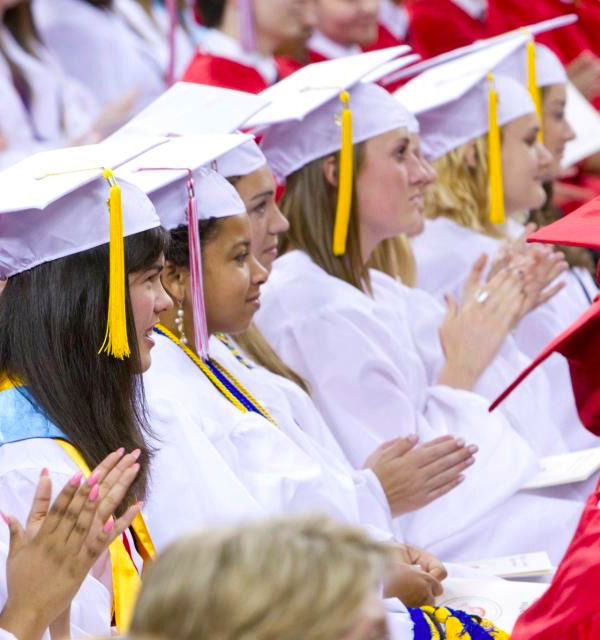How to Prevent Classroom Bullying
- Katelyn

- Feb 25, 2019
- 3 min read
Updated: Dec 17, 2020
One of the best ways to keep your classroom bully-free is to create a strong sense of community in your teaching space. When students feel they are a part of something, they are less likely to try and hurt other members of their community.
Building a community
There are many ways to build a classroom community, and you can start by getting to know each of your students as individuals and allowing them to get to know one another in the classroom setting. One way to create a classroom community is to allow students to participate in creating homeroom rules and guidelines so that they feel included in the decision-making process.
This way, they will feel invested in following the rules they themselves helped make. Facilitate class discussions and remind students of classroom rules of respect when addressing one another.
Adding lessons on empathy into your curriculum and holding group discussions can be a great way to teach students to be mindful of one another and to build positive relationships between students.
Confrontation is not always the best option
If you notice bullying going on in your classroom, your first reaction may be to try to confront it head on, but sometimes that is not the best option.
There may be more going on in the situation than you initially realize. Your immediate reaction should be to try to subtly separate the two students, as drawing too much attention to the problem could make it worse.
After separating the students, it is important to check in with the student who was being bullied and make sure they are not in need of immediate support. Once you are sure the situation is under control, it would be a good time to speak one-on-one with the student who was doing the bullying. Rather than lecture the student on their bad behavior, try having a conversation with them to help them see how their actions may be hurtful to someone else and therefore not something they should be doing.
Telling them how they were wrong is often not as effective as guiding the conversation so that they tell you what they think they did incorrectly and how they think they should modify their behavior in the future.
Grant more responsibilities to students
While it may seem counter intuitive, often a great way to preemptively combat bullying it to put would-be bullies into a position where they are responsible for others. Set them a task where they are in charge of making sure everyone works together well.
When you see them behaving in a way that could lead to bullying behaviors, ask them to do you a favor by including or helping someone else. Directing would-be bullies into helping others can be a great way to change behaviors.
Bullies often behave the way they do because they are insecure, and their cruel actions are the only way they know how to exert control in their lives. Showing them that they can have control in positive ways can be beneficial to everyone in the classroom.
From A Teacher
There was once a student who struggled to interact kindly with his peers, he was excessively mean and aggressive towards both students and teachers. But he was also very good at math. And, as it turned out, he was very willing to help other students with their math work when they were struggling.
When working on math problems, he was surprisingly calm and patient with his peers, and he looked forward every day to being able to help others once he had finished his own work. In this case, working with the student along with supervising his tutoring made wonders in his school life. He displayed good behavior.
Within a few weeks, his relationship with his teacher and with the rest of the class had improved tremendously. He built relationships with the students as he tutored them, and he had more respect for his teachers.
Ultimately, strong relationships are the best defense against bullies.
* This article was originally published by the K12 Teaching Alliance and Tempesta Media



Comments